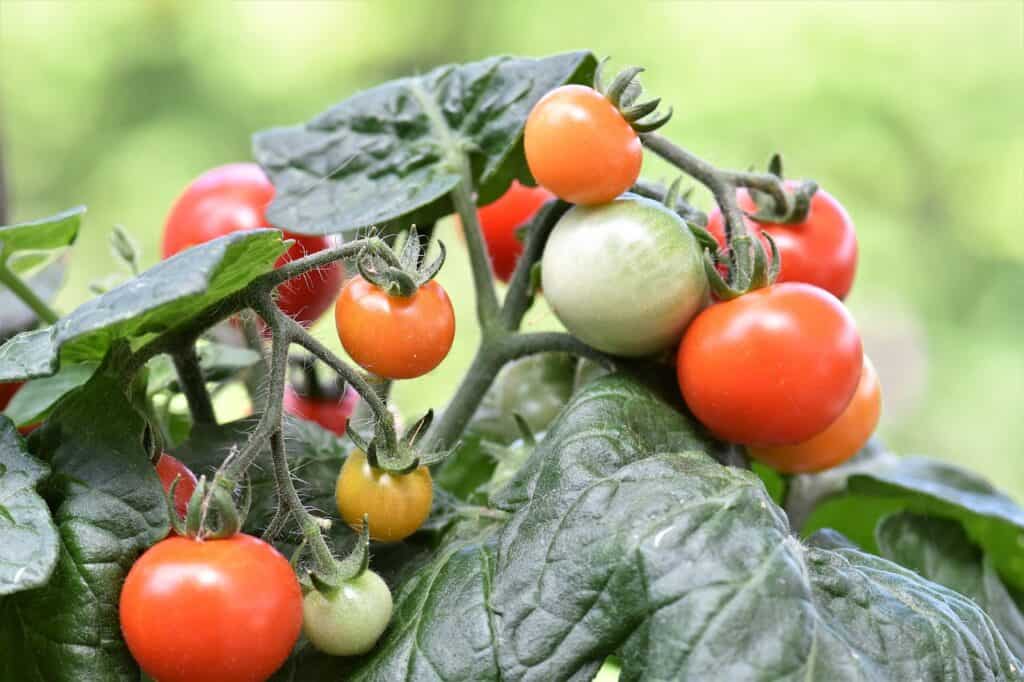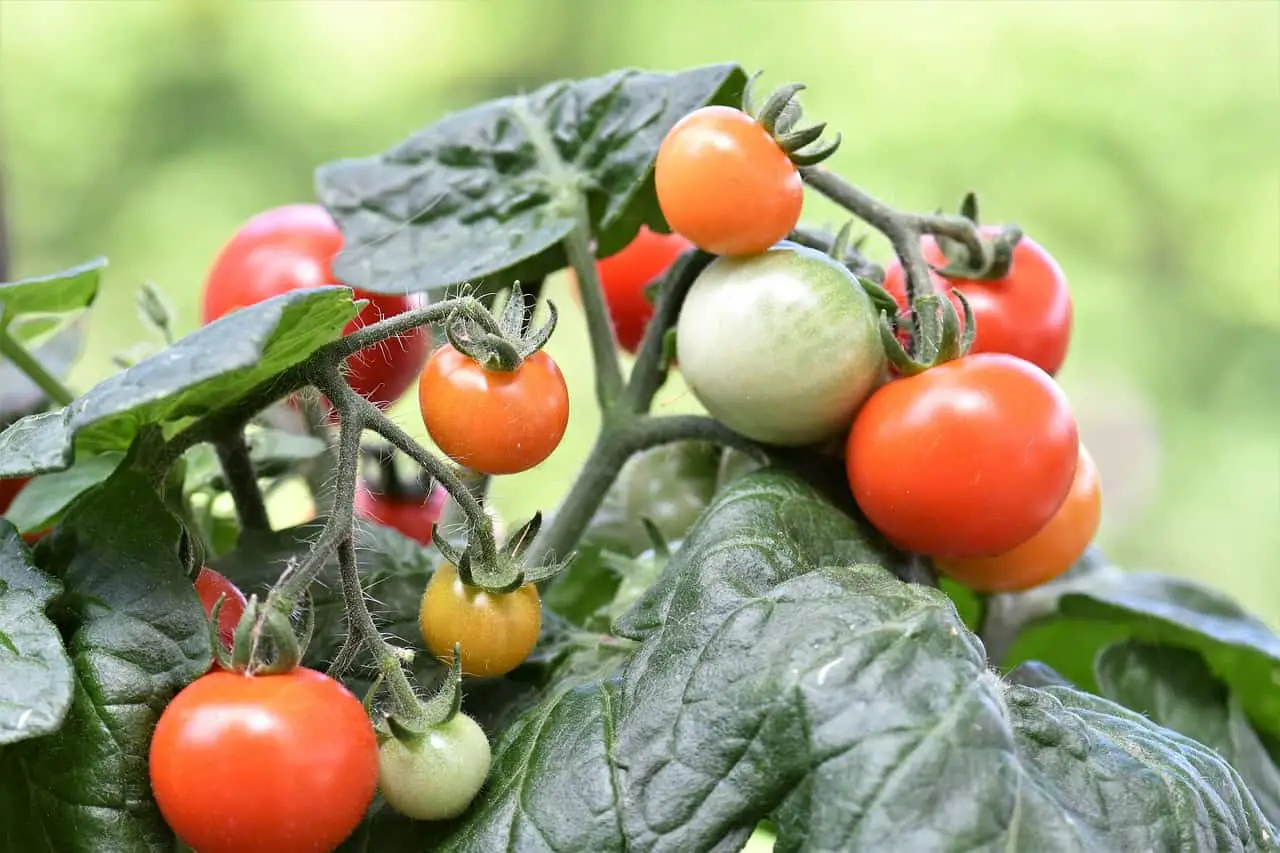Gardening enthusiasts often view tomato plants as annuals, nurturing them through the growing season and discarding them in the fall. However, what if you could extend the life of your tomato plants through the winter? Overwintering tomato plants is indeed possible, but it requires some know-how. Let’s explore various methods and tips on how to successfully overwinter tomato plants.
Can You Overwinter Tomato Plants?
Tomatoes thrive in warm temperatures and full sun, making them a quintessential warm-season crop. However, temperatures below 60°F (16°C) hinder pollination and fruit development, prompting many to abandon their tomato plants as the weather cools. While tomatoes are typically grown as annuals, they are native to South America, where they can thrive as perennials. This prompts the question: Can you overwinter tomatoes? The answer is yes, but the goal is not to harvest vine-ripened tomatoes in winter. Instead, the aim is for the plants to survive until they can resume fruit production in warmer temperatures.

Growing Tomatoes in a Greenhouse in Winter
An ideal method for overwintering tomato plants involves utilizing a greenhouse. Equipped with a heater, a greenhouse provides a controlled environment for the plants during the winter. To successfully overwinter tomatoes in a greenhouse, pot them up before the first frost. It’s essential not to maintain tropical warmth; instead, allow the potted tomatoes to acclimate gradually. If your objective is fruit production, play the pollinator role by fertilizing the plants every 4-6 weeks. However, if you aim to keep the plants alive without expecting fruit, the temperature does not need to increase significantly.
Best Ways to Overwinter Tomatoes
For those without access to a greenhouse, three alternative methods for overwintering tomatoes exist: overwintering as stem cuttings, moving entire tomato plants indoors, or keeping the plants in bare-root dormancy.
Overwintering Tomato Cuttings
Taking tomato cuttings prior to the first frost provides a head start for spring. Cut a 3-5 inch (7.5-13 cm) stem from an actively growing branch or terminal end. Remove excess leaves, place the cut end in water, and put it in a sunny window. Once white roots appear, transplant the cuttings into a pot with a potting medium. As temperatures warm, harden off the cuttings and transplant them outside.
Moving Entire Tomato Plants Indoors
While seemingly straightforward, bringing entire tomato plants indoors has challenges. Grow lights are necessary due to the insufficient sunlight during winter days. Choose compact or dwarf varieties for consistent growth under lights. Be cautious of pests; spray plants before bringing them indoors. In spring, gradually reintroduce the plants to outdoor conditions before planting.

Keeping Tomato Plants in Bare-Root Dormancy
An old-school method involves allowing tomato plants to overwinter with no soil around their roots. Cut the plant back, remove soil, wrap the roots in damp material, and store in a cool area. Check moisture levels every six weeks. In spring, pot up the plants before the last frost or plant them directly in the garden after the danger of frost has passed.
In conclusion, overwintering tomato plants opens up possibilities for extending their life beyond the typical growing season. Whether in a greenhouse, as stem cuttings, or in bare-root dormancy, these methods offer alternatives to discarding your tomato plants, allowing you to enjoy fresh tomatoes for a more extended period.

